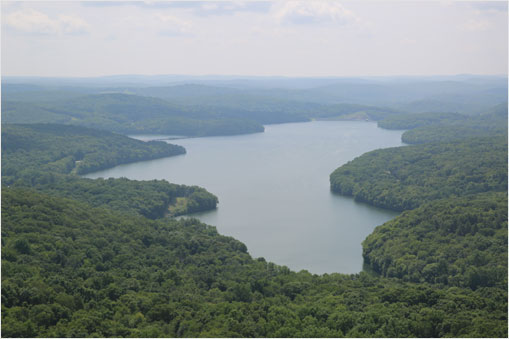 September12, 2014 CONTACT: deppressoffice@dep.nyc.gov, (718) 595-6600 Department of Environmental Protection Announces Ultraviolet Disinfection Upgrade at Mahopac Wastewater Treatment PlantAll watershed wastewater plants operated by DEP now outfitted with ultraviolet systemsDEP has invested more than $400 million to protect reservoir water quality by upgrading wastewater treatment plants to include the best technologies availableThe New York City Department of Environmental Protection (DEP) today announced that ultraviolet technology has been installed at the City-run wastewater treatment plant in the hamlet of Mahopac, ensuring the highest level of disinfection before effluent is released into local water bodies. The installation of UV treatment at Mahopac also marks an important milestone in DEP’s ongoing program to upgrade wastewater facilities throughout the watershed; it is the final City-owned wastewater treatment plant in the watershed to be outfitted with UV. The others – located in Grahamsville, Grand Gorge, Margaretville, Pine Hill and Tannersville – have all been upgraded to include UV disinfection since the early 2000s. “Upgrading wastewater treatment plants in the watershed, including those owned and operated by the City, has played an important role in protecting the high-quality drinking water for more than 9 million New Yorkers,” DEP Commissioner Emily Lloyd said. “And, while our Croton System reservoirs will soon be filtered, investments such as UV treatment in Mahopac underscore the City’s commitment to continue watershed protection efforts in Putnam and Westchester counties to ensure our source water is as clean as possible.” The addition of ultraviolet disinfection at Mahopac was part of an ongoing $3.1 million project to improve facilities at the plant, including safety upgrades and a new storage building that will improve the longevity of equipment by sheltering it from harsh weather. The Mahopac facility treats an average of 110,000 gallons of wastewater each day from businesses and residents in the hamlet. Each of the two UV units that was installed at the facility is capable of treating the effluent on its own, ensuring redundancy in the case of an outage. In addition to improvements at City-owned wastewater facilities, DEP has invested more than $400 million to upgrade nearly 100 non-City-owned wastewater plants throughout the watershed. These upgrades have brought the plants up to state-of-the-art tertiary treatment levels. DEP has also funded the repair of more than 4,000 failing on-site residential septic systems in the watershed, and constructed new wastewater plants in selected communities. | ||